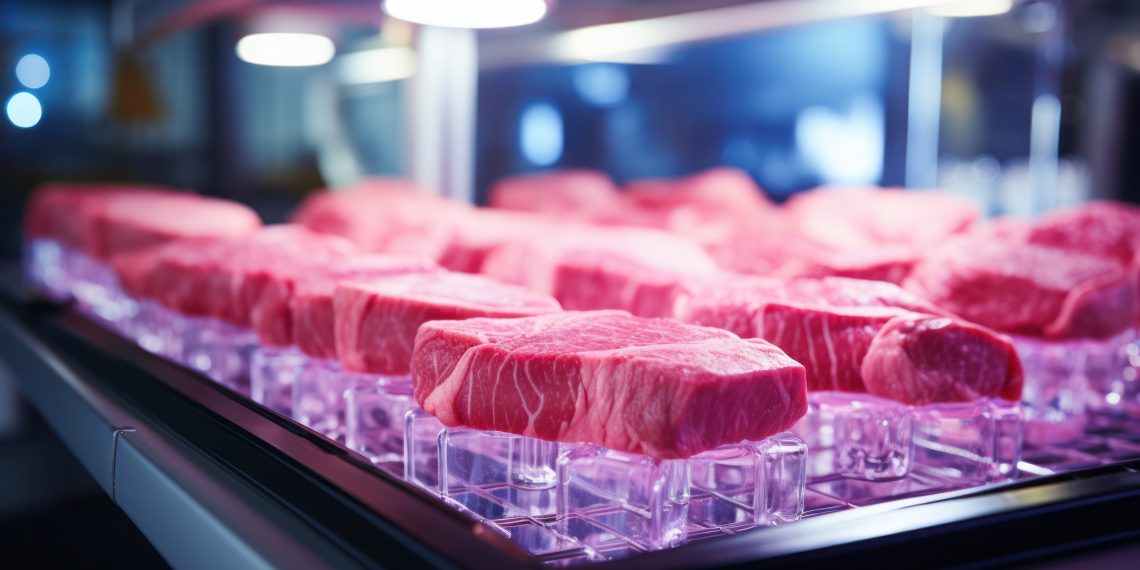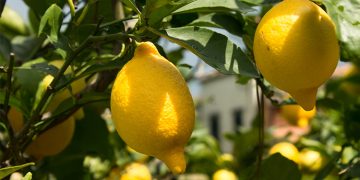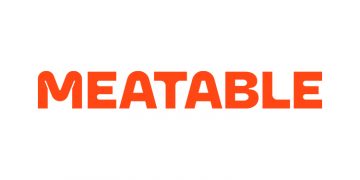Hamilton, a world leader in automation technology and analytical sensors, is thrilled to announce the release of an extensive white paper addressing the critical challenges faced by the cultivated meat industry. Titled “PAT to Optimize the Cost, Consistency, and Yield of Cultivated Meat Production,” the paper explores groundbreaking solutions to enhance the efficiency and sustainability of cultivated meat production processes through applied advanced sensor technology.
With the global population projected to reach 9-10 billion by 2050, the demand for sustainable protein sources is increasing. Cultivated meat, produced through cellular agriculture, has emerged as a promising solution to meet this growing demand. The global market for cultivated meats is predicted to grow, with 150 companies operating worldwide and regulatory approval already secured by two companies in Singapore and in the U.S. However, the industry is also encountering obstacles such as limited funding options, diverging global regulatory processes, and slow consumer acceptance, with high production costs currently limiting consumer affordability.
In response to this challenge, Hamilton Process Analytics proposes the implementation of Process Analytic Technologies (PAT) to revolutionize cultivated meat production. PAT tools, endorsed by regulatory bodies including the U.S. Food and Drug Administration (FDA), enable real-time measurement and control of critical parameters during production processes. This approach ensures high-quality, high-volume yields and expedites the optimization of processes, reducing timelines for commercialization.
In this new white paper, Hamilton identifies key technical cost drivers in cultivated meat production and suggests ways that PAT principles could be applied to improve performance and cost-effectiveness. Among these, Hamilton describes the implementation of in-line sensors, such as their Dencytee Arc sensors for measuring Total Cell Density (TCD) and Incyte Arc sensors for measuring Viable Cell Density (VCD), which can be used to monitor biomass performance throughout production. In-line PAT can also monitor critical process parameters like dissolved CO2, dissolved O2, and pH, offering immediate insights for optimization and cost reduction. Finally, through multiple case studies, Hamilton demonstrates how the application of PAT to cell cultivation has overcome real-world performance and efficiency challenges.
Aniekan Esenam, Strategic Business Development Manager at Hamilton, states, “Our innovative sensor technologies are not just tools; they are catalysts for achieving more reliable, reproducible results in cultivated meat production. Hamilton is dedicated to driving advancements in this burgeoning industry, and we are excited to collaborate with scientific pioneers to shape a future where sustainable, high-quality protein sources are efficiently and ethically produced for generations to come.”




















